How to Restore Degraded Forests: Step-by-Step Management Techniques
- August 21, 2024
- 0 comment
Restoring degraded forests is a crucial endeavor that demands a comprehensive approach, focusing on ecological balance, biodiversity conservation, and long-term sustainability. Effective restoration begins with assessing the extent of degradation, identifying the root causes, and understanding the specific needs of the ecosystem. This is followed by designing a tailored restoration plan that includes selecting appropriate native species for replanting, managing invasive species, and implementing soil and water conservation measures.

Active monitoring and adaptive management are essential throughout the process, ensuring that the restoration efforts align with the dynamic nature of the forest ecosystem. The ultimate goal is to restore the forest’s health and functionality, allowing it to support diverse wildlife, provide essential ecosystem services, and contribute to climate resilience.
Table of Content
- Assessing Forest Degradation
- Planning the Restoration
- Implementing Soil and Water Conservation Measures
- Managing Invasive Species
- Replanting and Reintroducing Native Species
- Monitoring and Adaptive Management
- Community Involvement and Stakeholder Engagement
- Challenges and Solutions in Forest Restoration
- Long-Term Maintenance and Sustainability
Assessing Forest Degradation

Identifying the Extent and Causes of Degradation
The first step in restoring a degraded forest is to thoroughly assess the extent of the damage and identify its causes. Degradation can occur due to various factors such as deforestation, overgrazing, pollution, and climate change. By understanding the root causes, you can tailor your restoration efforts to address specific issues and prevent future degradation.
Methods for Ecological Assessment
To accurately assess the degradation, ecological assessment methods such as remote sensing, soil analysis, and vegetation surveys are essential. These methods help in mapping the affected areas, determining soil health, and evaluating the loss of biodiversity. This data forms the foundation for designing an effective restoration plan.
Understanding the Specific Needs of the Ecosystem
Each forest ecosystem has unique characteristics and requirements. Understanding these needs is crucial for successful restoration. For example, some forests may need immediate intervention to restore water balance, while others might require the reintroduction of specific plant or animal species. Tailoring your approach to the ecosystem’s needs increases the chances of restoration success.
Planning the Restoration
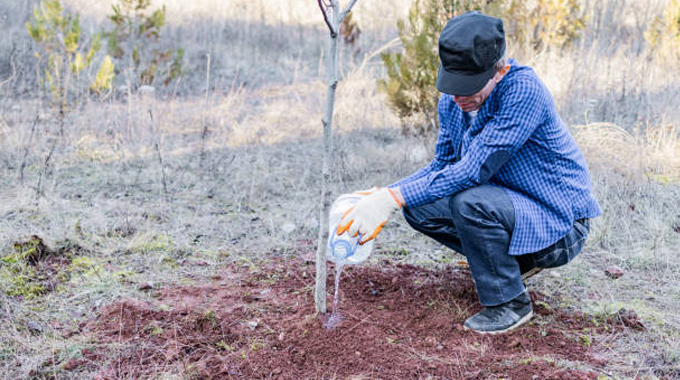
Setting Clear Restoration Goals and Objectives
Once the degradation has been assessed, it’s time to set clear, achievable goals and objectives for the restoration project. These goals could include restoring biodiversity, improving water quality, enhancing soil fertility, or stabilizing the climate. Defining these objectives helps in guiding the entire restoration process and measuring its success.
Designing a Restoration Plan Tailored to the Site
A well-thought-out restoration plan is essential for guiding restoration efforts. This plan should be tailored to the specific site and include steps such as selecting appropriate species for replanting, scheduling planting seasons, and determining necessary interventions for soil and water conservation. The plan should also account for potential challenges and outline strategies to overcome them.
Selecting Native Species for Replanting
Choosing the right species for replanting is a critical aspect of forest restoration. Native species are usually the best choice as they are adapted to the local environment and support the native wildlife. The selection process should consider factors like soil type, climate, and the existing vegetation to ensure that the planted species can thrive and contribute to the ecosystem’s recovery.
Considering the Role of Natural Regeneration
In some cases, allowing natural regeneration can be an effective and low-cost restoration strategy. Natural regeneration relies on the natural processes of seed dispersal, germination, and growth. This approach can be supplemented with assisted regeneration, where human intervention helps speed up the process or protect young plants from threats.
Implementing Soil and Water Conservation Measures
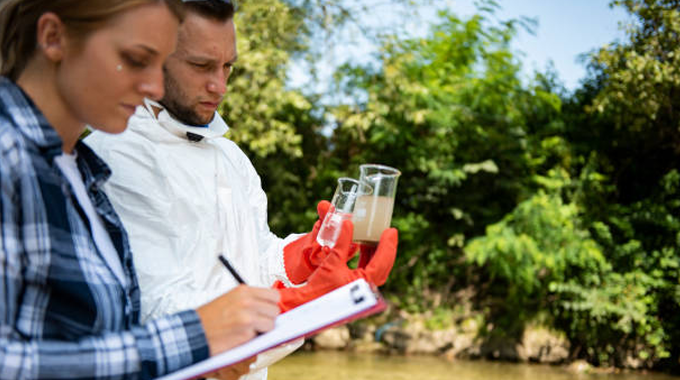
Techniques for Preventing Erosion and Improving Soil Health
Soil health is fundamental to the success of forest restoration. Techniques such as contour plowing, terracing, and the use of cover crops can help prevent soil erosion and improve fertility. These measures ensure that the soil can support new vegetation and provide a stable environment for replanting efforts.
Strategies for Water Management and Retention
Effective water management is crucial, especially in areas prone to drought or flooding. Techniques such as constructing check dams, creating rainwater harvesting systems, and restoring wetlands can help manage and retain water in the ecosystem. These strategies ensure that the restored forest has a consistent water supply, vital for plant growth and overall ecosystem health.
Importance of Maintaining Water Quality During Restoration
During restoration, it’s important to maintain and improve water quality to support the recovering ecosystem. This can be achieved by reducing pollution sources, planting riparian buffers along waterways, and preventing sedimentation through erosion control measures. Clean water is essential for the health of both plant and animal species in the forest.
Managing Invasive Species
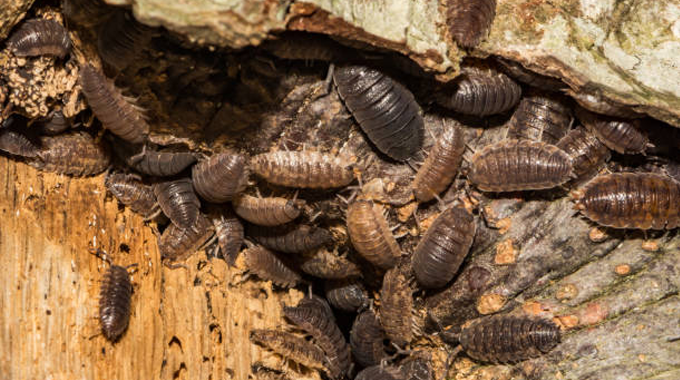
Identifying and Controlling Invasive Plant and Animal Species
Invasive species can pose a significant threat to forest restoration efforts. These species often outcompete native flora and fauna, disrupting the ecosystem’s balance. Identifying these invasive species early and implementing control measures, such as manual removal, chemical treatments, or biological control, is crucial to prevent them from taking over the restored area.
Methods for Preventing Future Invasions
Preventing future invasions is as important as controlling existing ones. This can be done by monitoring the area for new invasive species, promoting the growth of native species that can outcompete invasives, and educating the local community about the risks of introducing non-native species.
Role of Community Involvement in Managing Invasives
Community involvement is key to managing invasive species effectively. Local communities can help by monitoring and reporting invasive species, participating in removal efforts, and raising awareness about the importance of native biodiversity. Engaging the community creates a sense of ownership and responsibility, leading to more sustainable management of invasive species.
Replanting and Reintroducing Native Species

Guidelines for Selecting and Sourcing Native Plants
Selecting the right native plants involves choosing species that are adapted to the local environment and can fulfill ecological roles within the forest. Sourcing these plants from local nurseries or seed banks ensures genetic diversity and adaptability. The guidelines for selection should consider factors such as the species’ growth requirements, ecological functions, and compatibility with other species.
Techniques for Successful Planting and Care
Proper planting techniques are essential to give the plants the best chance of survival. This includes preparing the soil, planting at the correct depth, providing adequate spacing, and mulching to retain moisture. Post-planting care, such as watering, weeding, and protecting young plants from pests, is equally important to ensure successful establishment.
Role of Mixed-Species Planting in Enhancing Biodiversity
Mixed-species planting, where different species are planted together, can enhance biodiversity and improve ecosystem resilience. This approach mimics natural forest conditions, promotes healthier soil, and supports a wider range of wildlife. By creating a more diverse ecosystem, mixed-species planting contributes to the long-term sustainability of the restored forest.
Monitoring and Adaptive Management
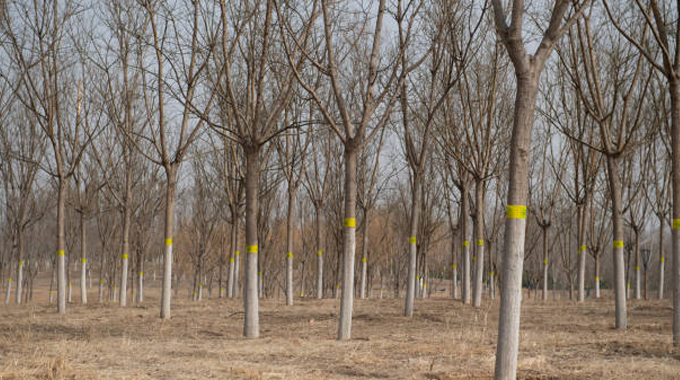
Importance of Continuous Monitoring During and After Restoration
Continuous monitoring is vital to track the progress of restoration and ensure that the ecosystem is recovering as expected. Monitoring should include regular assessments of plant growth, soil health, water quality, and biodiversity levels. This data provides insights into the success of the restoration efforts and highlights areas that may need further intervention.
Key Indicators to Track Forest Recovery
Key indicators of forest recovery include the re-establishment of native species, increased biodiversity, improved soil stability, and the return of wildlife. Monitoring these indicators helps determine whether the restoration goals are being met and whether the ecosystem is moving toward a self-sustaining state.
Adjusting Management Strategies Based on Monitoring Results
Adaptive management involves adjusting restoration strategies based on the results of ongoing monitoring. If certain areas are not recovering as expected, management techniques can be modified to address the specific challenges. This flexible approach ensures that restoration efforts remain effective and responsive to the ecosystem’s needs.
Community Involvement and Stakeholder Engagement
Engaging Local Communities in Restoration Efforts
Engaging local communities is crucial for the success of forest restoration projects. Communities can contribute valuable local knowledge, participate in restoration activities, and help protect the restored areas. By involving them in the process, you create a sense of ownership and encourage long-term stewardship of the restored forest.
Building Partnerships with Stakeholders
Building partnerships with stakeholders, such as government agencies, NGOs, and private landowners, enhances the effectiveness of restoration efforts. These partnerships can provide financial support, technical expertise, and resources that are essential for large-scale restoration projects. Collaborative efforts also ensure that restoration activities align with broader conservation goals.
Educational Programs and Public Awareness Initiatives
Educational programs and public awareness initiatives are important for fostering a culture of conservation. These programs can teach communities about the importance of forest restoration, the role of native species, and the threats posed by invasive species. Raising awareness helps build a supportive environment for restoration efforts and encourages more people to get involved.
Challenges and Solutions in Forest Restoration
Common Challenges Faced During Restoration Projects
Forest restoration projects often face challenges such as limited funding, resistance from local communities, unpredictable weather conditions, and the persistence of invasive species. These challenges can hinder the progress of restoration efforts and require careful planning to overcome.
Practical Solutions and Best Practices to Overcome Obstacles
To overcome these challenges, it’s important to adopt practical solutions and best practices. This might include securing funding through grants and partnerships, engaging communities early in the process to build support, designing flexible plans that can adapt to changing conditions, and employing innovative techniques to control invasive species.
Long-Term Maintenance and Sustainability
Ensuring the Long-Term Health and Resilience of Restored Forests
The ultimate goal of forest restoration is to ensure the long-term health and resilience of the ecosystem. This requires ongoing maintenance, such as controlling invasive species, managing water resources, and ensuring that the planted species continue to thrive. Long-term sustainability also depends on the ability of the forest to adapt to environmental changes, such as climate shifts or new species introductions.
Developing a Maintenance Plan for Ongoing Care
A comprehensive maintenance plan should be developed to guide the long-term care of the restored forest. This plan should outline the regular activities needed to maintain soil health, manage water resources, protect biodiversity, and monitor ecosystem changes. Having a clear plan in place ensures that the forest remains healthy and continues to provide ecological benefits.
Importance of Continued Research and Knowledge-Sharing
Continued research and knowledge-sharing are essential for advancing forest restoration practices. By studying restored forests and sharing insights with the broader conservation community, we can improve our understanding of what works and what doesn’t. This ongoing learning process helps refine restoration techniques and ensures that future projects are even more successful.
Frequently Asked Questions (FAQs)
1. What is the first step in restoring a degraded forest?
The first step is to assess the extent and causes of the forest’s degradation. This involves identifying the specific factors that have led to the forest’s decline and understanding the unique needs of the ecosystem.
2. How do you choose the right species for replanting in a degraded forest?
Selecting the right species involves choosing native plants that are well-adapted to the local environment. It’s important to consider soil type, climate, and the existing vegetation to ensure the selected species can thrive and support the restoration efforts.
3. What role do soil and water conservation play in forest restoration?
Soil and water conservation are critical to the success of forest restoration. Techniques like erosion control, water retention strategies, and maintaining water quality ensure that the restored forest has a healthy foundation for plant growth and ecosystem stability.
4. How do you manage invasive species during forest restoration?
Managing invasive species involves identifying and removing these species to prevent them from outcompeting native plants and disrupting the ecosystem. Ongoing monitoring and community involvement are key to controlling invasions and preventing future occurrences.
5. Why is continuous monitoring important in forest restoration?
Continuous monitoring allows for the tracking of progress and early detection of any issues that may arise during the restoration process. This helps in making necessary adjustments to the management strategies, ensuring the restoration goals are met.
6. How can local communities be involved in forest restoration?
Local communities can participate in various ways, such as helping with planting efforts, monitoring the area for invasive species, and raising awareness about the importance of forest conservation. Their involvement fosters a sense of ownership and responsibility, contributing to the long-term success of the restoration.
7. What are some common challenges faced during forest restoration, and how can they be overcome?
Common challenges include limited funding, resistance from local stakeholders, unpredictable weather, and the persistence of invasive species. These can be overcome by securing partnerships, engaging communities early on, designing flexible restoration plans, and employing innovative techniques to manage obstacles.
8. How do you ensure the long-term sustainability of a restored forest?
Long-term sustainability is ensured through ongoing maintenance, such as controlling invasive species, managing water resources, and monitoring the health of the ecosystem. Developing a comprehensive maintenance plan and continuing research are also essential for the forest’s resilience and adaptability over time.
9. What is the role of natural regeneration in forest restoration?
Natural regeneration involves allowing the forest to recover through its own natural processes, such as seed dispersal and germination. This approach can be effective and cost-efficient, especially when combined with human interventions that support and accelerate these processes.
10. How important is knowledge-sharing in forest restoration?
Knowledge-sharing is vital for improving forest restoration practices globally. By exchanging research findings, experiences, and best practices, the conservation community can continually refine restoration techniques and increase the success rates of future projects.

Gilbert Griffin
Forestry AuthorGilbert Griffin is a forest management expert specializing in sustainable practices, forest health, conservation, and land management. With extensive knowledge in pest control, disease management, and habitat restoration, Gilbert develops strategies to preserve forest ecosystems and biodiversity. Passionate about the natural world, Gilbert adapts to changes in forest management and stays updated through continuous learning. Gilbert also provides seasonal advice to optimize forest care throughout the year.



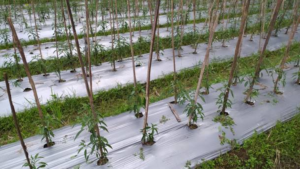
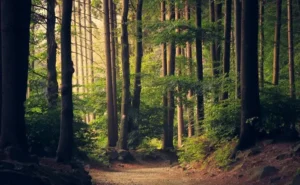

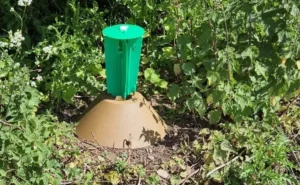
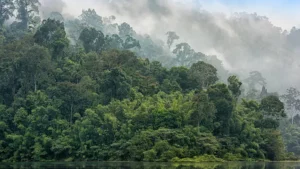
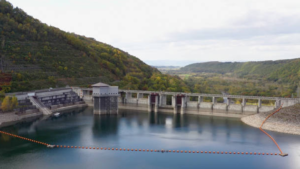
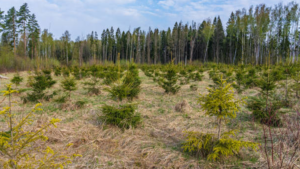
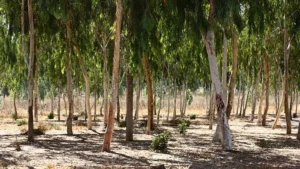
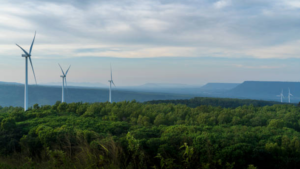
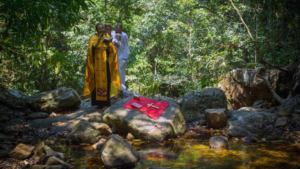
Leave your comment